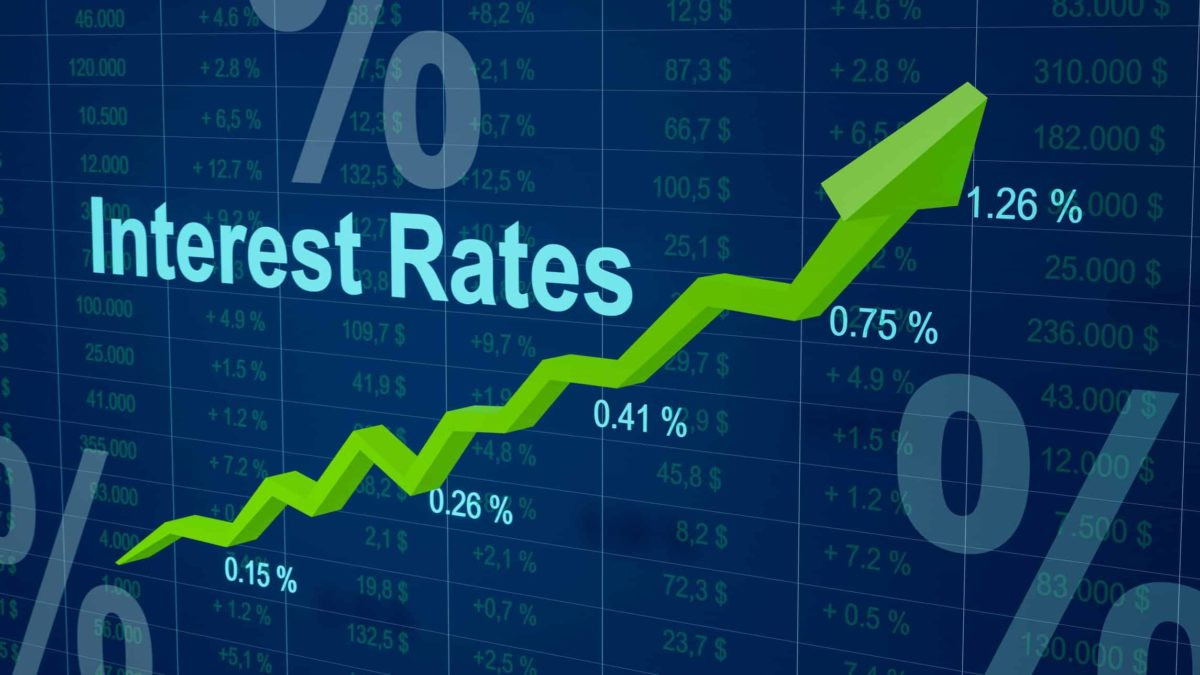RBA Holds Interest Rates Steady: A Deep Dive into the December Decision
The Reserve Bank of Australia (RBA) has once again opted to maintain the cash rate at 4.35%, marking the ninth consecutive meeting with no change. This decision, announced on Tuesday, came as no surprise to market analysts and experts, who widely anticipated this outcome. However, subtle shifts in the RBA's language suggest a potential dovish pivot in the near future, sparking considerable interest among investors and homeowners alike.
The RBA's Rationale: A Balancing Act
The RBA's decision to hold steady is a calculated move, balancing the ongoing need to control inflation with growing concerns about the slowing economy. While headline inflation has notably decreased, underlying inflation – the RBA's primary focus – remains stubbornly high at around 3.5%, significantly above their target range of 2-3%. This persistence of underlying inflation is a key factor in the RBA's continued cautious approach, signaling that current interest rates are necessary to sustainably curb inflationary pressures. They are 'gaining some confidence that inflation is moving sustainably towards target,' a significant shift from previous statements.
Inflationary Pressures and Economic Growth
The RBA acknowledges the substantial decline in headline inflation. However, the central bank highlights that underlying inflation, a more persistent indicator, remains elevated and well above its 2-3% target range. This has been substantiated by recent data, with underlying inflation in October rising to an annual clip of 3.5% from 3.2% in September. This ongoing inflationary pressure is the primary reason behind the RBA's decision to maintain the current interest rate levels. Although consumer price index remained at 2.1% in October.
The RBA's decision also takes into account the latest economic growth figures. Australia's economy expanded at an annual rate of just 0.8% in the September quarter—the weakest performance outside of Covid-19 disruptions since the early 1990s recession. This sluggish growth underscores the delicate balance the RBA is attempting to strike between controlling inflation and supporting economic activity.
The Market's Reaction: A Cautious Optimism
Despite the lack of an immediate interest rate cut, the RBA's altered communication prompted a positive market response. The change in the RBA's tone—a shift away from its previous 'hawkish' stance—fueled optimism among investors. The Australian dollar experienced a slight dip in the immediate aftermath of the announcement, losing more than a quarter of a US cent, while the share market pared its losses. This reaction reflects market sentiment that a rate cut is more likely in the coming months.
Market Predictions and Future Outlook
Before the RBA’s announcement, markets were pricing in only about a one-in-four chance of a rate cut at the next RBA meeting on February 17-18. However, a 25 basis-point cut is now fully priced in for the second meeting of the year, ending April 1. This change in market expectations shows that investors believe the RBA is now more likely to cut rates next year, likely due to concerns about the economy's weak growth. The RBA will receive December quarter inflation figures on January 29 and will want to see solid proof that prices are continuing to ease before considering any rate changes.
The Road Ahead: Navigating Uncertainty
While the RBA has signaled a potential shift towards more dovish monetary policy, considerable uncertainty remains. The RBA's governor, Michele Bullock, emphasized the central bank's reliance on incoming data to guide future decisions. This suggests that any rate cuts will be contingent upon continued evidence that inflationary pressures are easing sustainably. The RBA's wait-and-see approach is likely to continue for some time.
Global Economic Uncertainty
The global economic climate adds another layer of complexity to the RBA's decision-making process. Significant uncertainty persists in the international arena, impacting Australia's economic outlook and influencing the RBA's strategy. The RBA will need to carefully consider global trends and their potential impact on domestic inflation and growth before making any substantial changes to monetary policy. Furthermore, the Board emphasized that underlying inflation remains “too high,” a statement that suggests rate cuts remain unlikely in the short term.
The RBA will continue monitoring various economic indicators, including inflation data, employment figures, and wage growth, to assess the appropriate timing and magnitude of any future interest rate adjustments. These figures will be crucial in shaping the bank's future monetary policy decisions. The Board's commitment to navigating the current uncertain economic landscape underscores the complex and multifaceted nature of managing inflation within a volatile global economy.
The Unfolding Narrative: A Pivotal Moment for Australia’s Economy
The RBA's decision to maintain interest rates at 4.35% marks a significant moment for the Australian economy. While the decision itself was widely anticipated, the subtle shift in communication from the RBA hints at a possible change in direction in the near future. The central bank’s emphasis on closely monitoring various data points underscores its commitment to a data-driven approach to managing inflation. The balance between containing inflation and maintaining economic growth remains a critical challenge for the RBA moving forward. The coming months will be crucial in determining the path of Australia’s interest rates and broader economic trajectory. The RBA's approach to this complex situation will be closely watched globally.


















